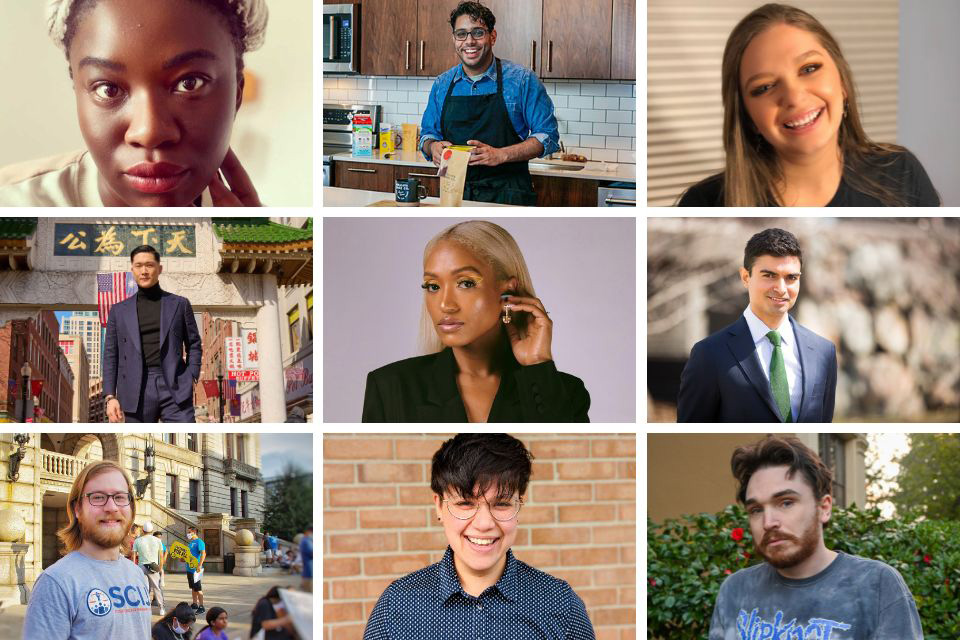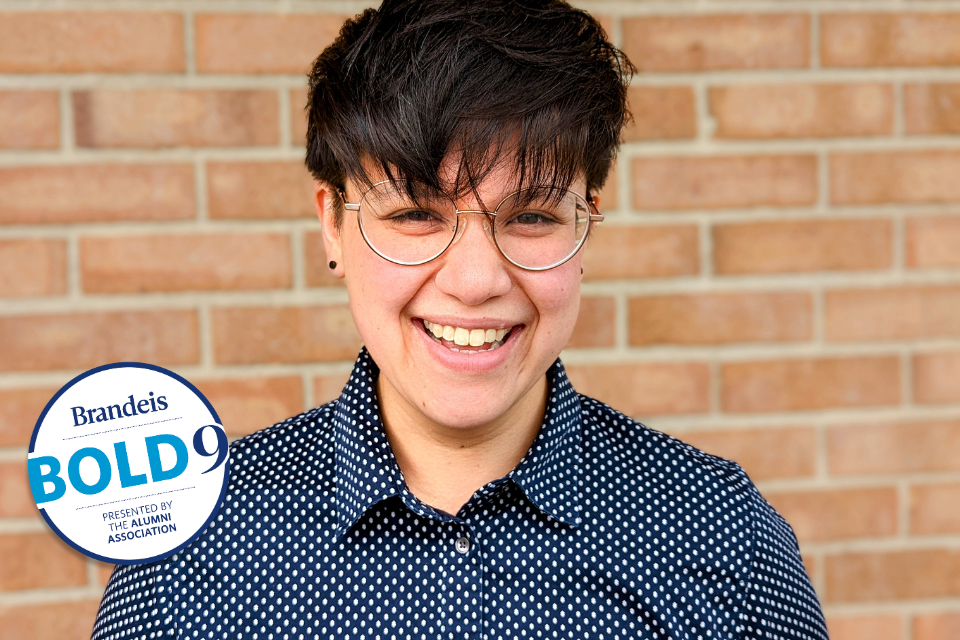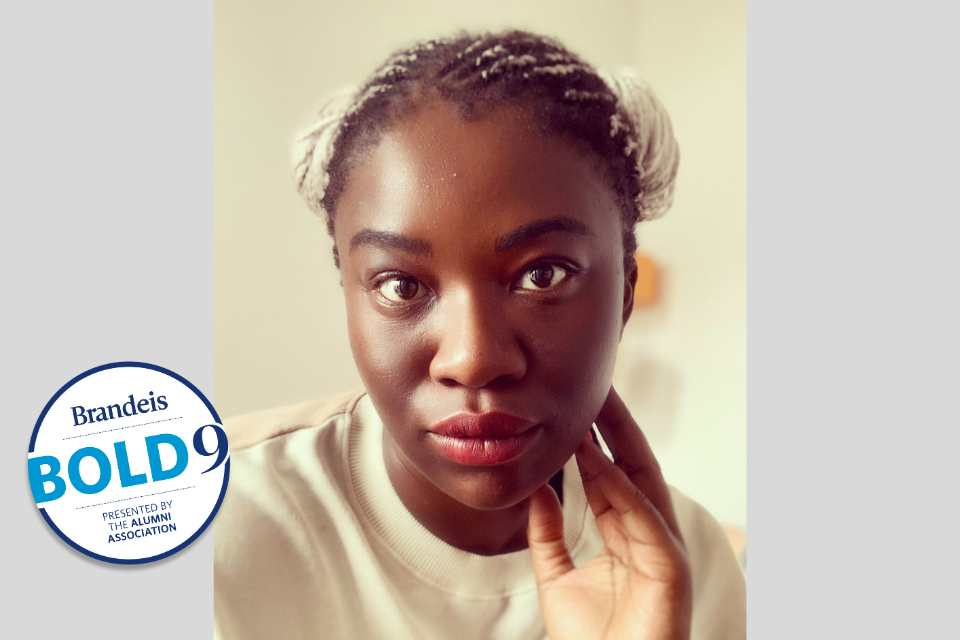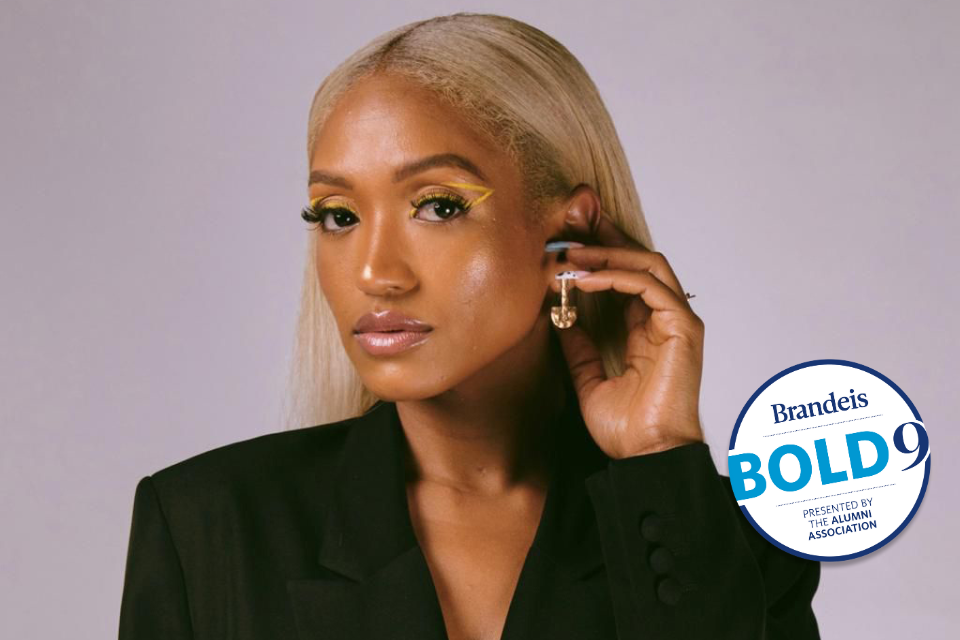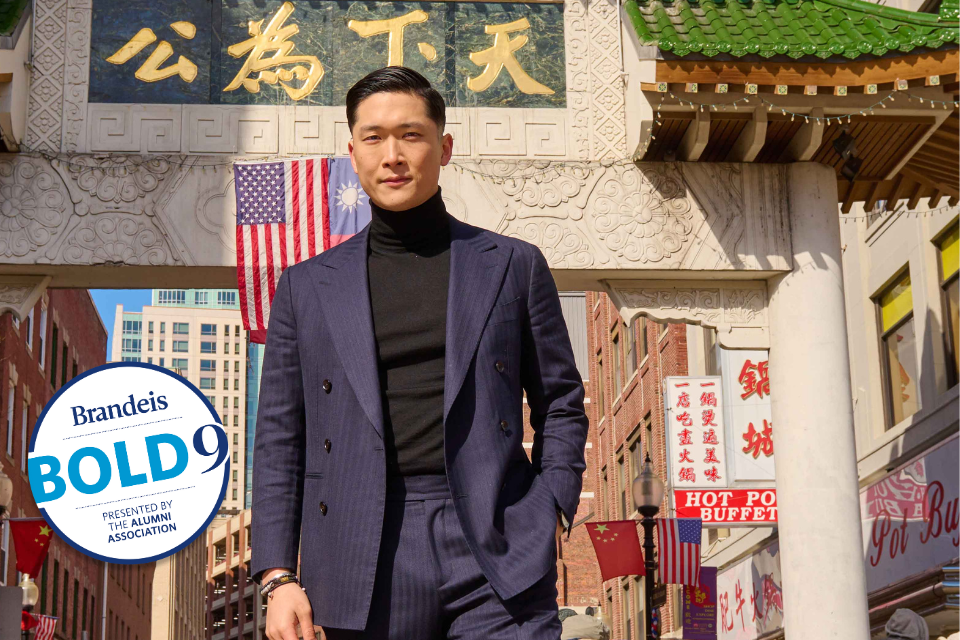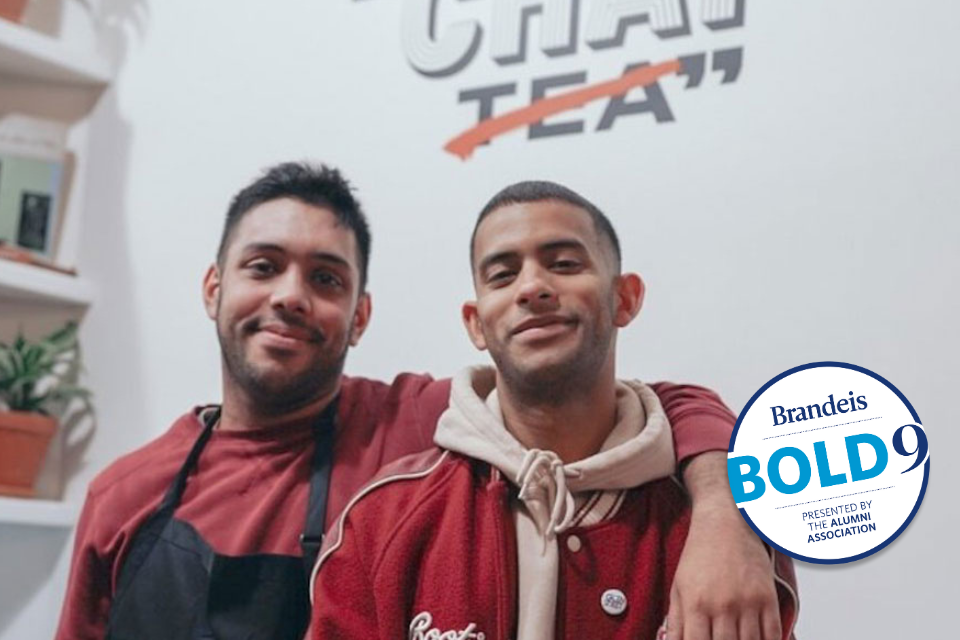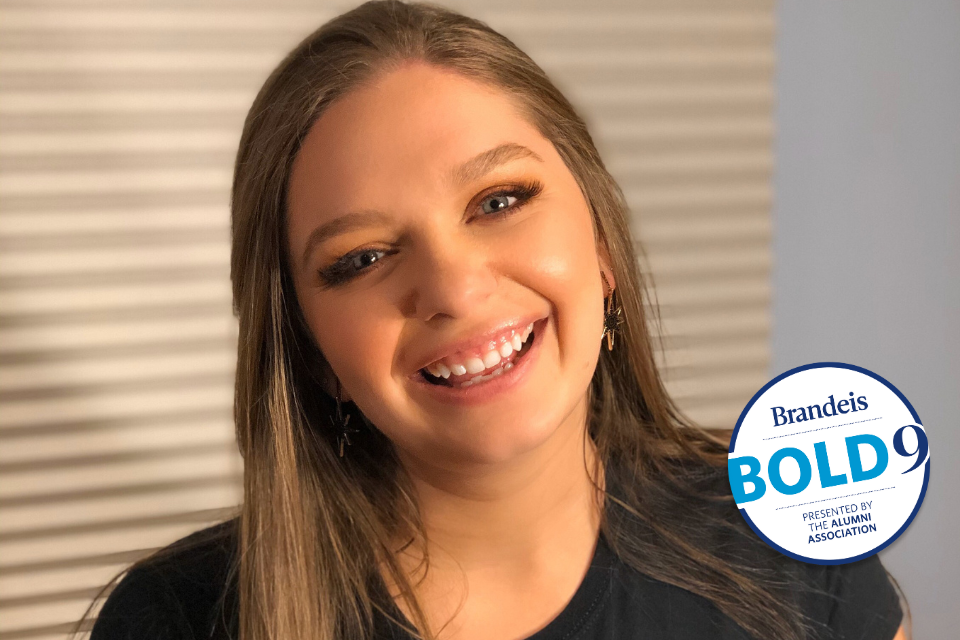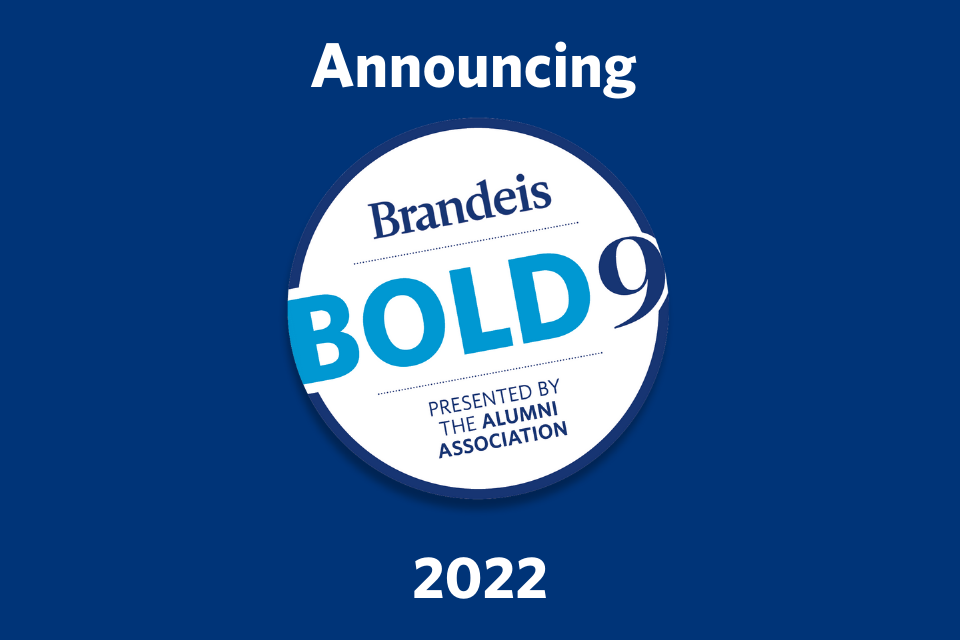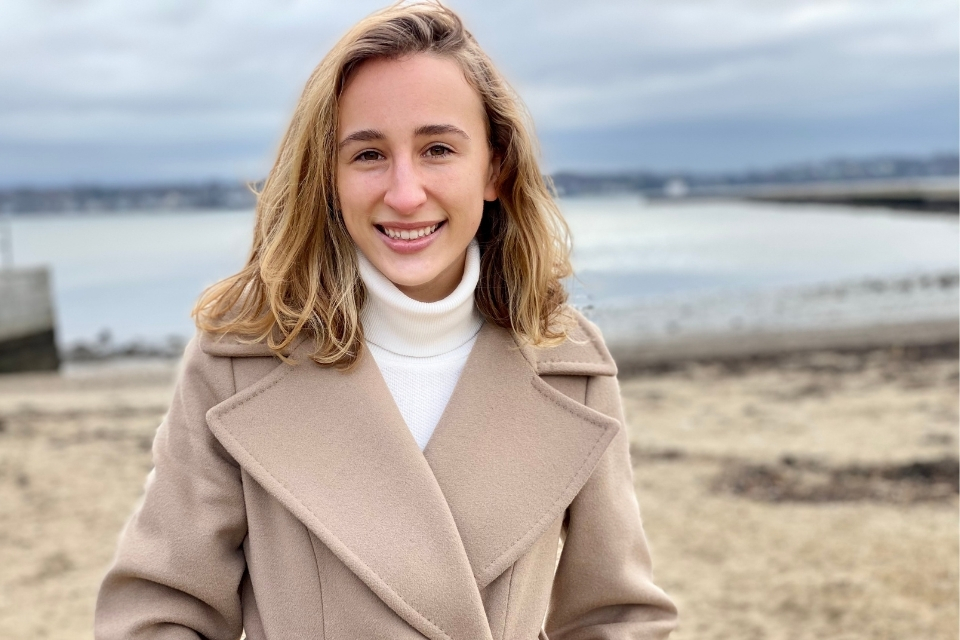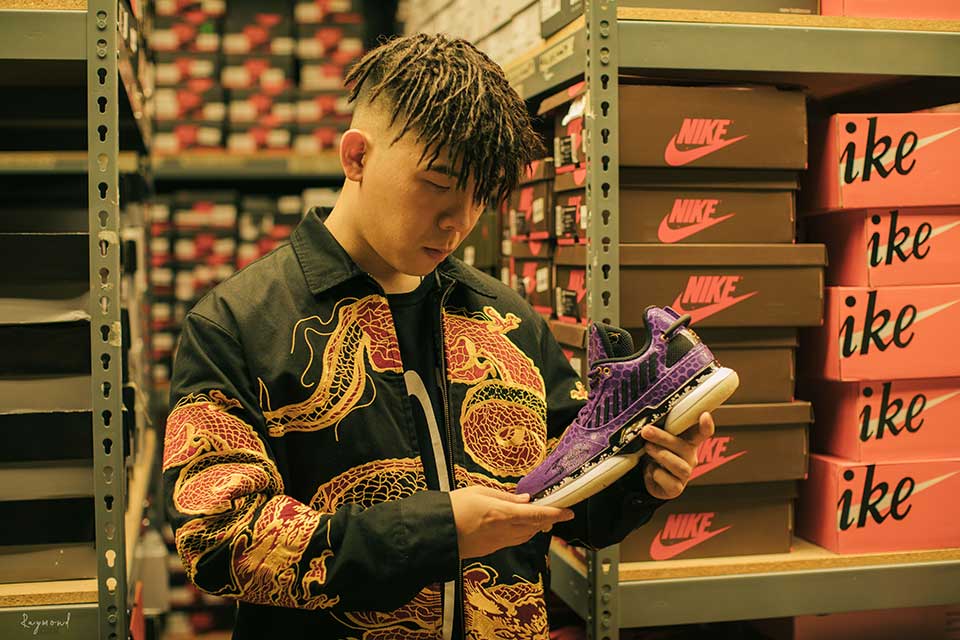As the director of Artist and Repertoire at Nigeria’s Mavin Records, Rima Tahini ’16 oversees the label’s roster of artists, helping to launch artists from scratch, developing their brands, sound, visual identity, social media presence, and performance opportunities.
These artists include superstars like Rema and Ayra Starr, whose top hits have been streamed on Spotify hundreds of millions of times, while their collective stream counts stretch into the billions.
That means, even without an instrument, Tahini is playing an instrumental role in shaping the landscape of popular music in Africa, and the wider world, as the Afrobeat genre gains in popularity beyond the continent.
As her own star has risen, Tahini has also been quick to give back to her community.
In October, the African Leadership Academy (ALA), which she attended, launched the Rima Tahini artist residency fund. The fund provides a beneficiary with the opportunity to shadow Tahini at work and learn the ins and outs of artist development and management.
Can you walk us through what your work entails and how many artists you’re working with?
We have a roster of ten artists and I work on the music that they put out and everything in their visual world. We oversee release dates, music videos, strategizing what their branding looks like. What is the artist’s plan for the year? What are their next steps, the next growth phase? There’s a lot of artist development and creation and also brand building and strategy that goes into it. So far I’ve worked to launch six artists with Mavin since 2019.
How’d you come into this work?
After I graduated from Brandeis, I moved to Washington, D.C. to work with a venture capital company called Kupanda Capital. While there I started doing research in the media and music space in Africa because I always wanted to come back. I'm from Sierra Leone, West Africa, so this really is home, and I grew up on Afrobeat music. I’ve always wanted to somehow contribute to culture on the continent and create value. Kupanda investments are all in Africa or are Africa facing, and we ended up investing in Mavin in 2018. But I moved to Lagos in 2017, to do my due diligence with the company. I’ve gone through different phases with the company, from the investment side, to now the A&R and product side, over the last six years.
You mentioned you always wanted to make a contribution on the continent, can you talk about that?
I’ve always wanted to create economic value, create things that employ people, and make people’s lives better. But also I’ve always wanted to work with young people and help people actualize their potential. I didn’t think that that was going to be in music, to be honest. As I was finding my way, I thought I might work in education or in investment, helping growing businesses. . I’ve also been interested in lifestyle – restaurants, spas, so I thought maybe there, too. But then, when I started working with artists, I learned it was about so much more than music and creativity, but about people, and helping people achieve their dreams. That’s the most fulfilling and exciting part.
What’s the musical landscape like in Africa, and what’s your hope for the future of the industry?
Afrobeats as a genre has been growing and gaining ground at home and abroad for a while now. Outside of Africa, the sound was largely championed and consumed by the African diaspora across Europe and America. As a non-African, if you’ve heard an Afrobeats song or knew of an African artist, you most likely knew someone from Africa. It is truly in the last three years or so that we started seeing the genre really begin to stick, and we can safely say with songs like “Essence,” “Love Nwantiti,” “Last Last,” and “Calm Down,” Afrobeats is seeping it’s way into pop culture and gaining space in pop music across the world. My hope is we’re not a moment, not a phase, but that we’re building lasting infrastructure for our industry, on our continent, so we’re not relying on Western collaborations to make money and value for our industry.
How did the Rima Tahini artist residency fund come about?
I’m an alumna of African Leadership Academy. That school was very pivotal in my life and in my career. That’s how I got to Brandeis. That’s how I got to Kupanda. They’re a lifelong engagement school, not just a high school. I always wanted to give back. Now I’m able to give opportunities to people who want to work in a creative space, and ALA developed this aid for the arts program to really support students who are interested in creative space. Working with Kupanda, they helped to set it up because they knew I really wanted to do this.
What was your Brandeis experience like?
It was amazing. I loved the size of Brandeis because I’ve never wanted to go to a big school, because I didn’t want to feel tiny, like a small person in this huge place. As a student, you get a lot of attention from your professors, your peers. I always felt really at home at Brandeis. It was a phenomenal experience for me. Being part of the African student organization at Brandeis, the friends that I made, the memories, I think those are the things that really stick with me. It’s an amazing school
